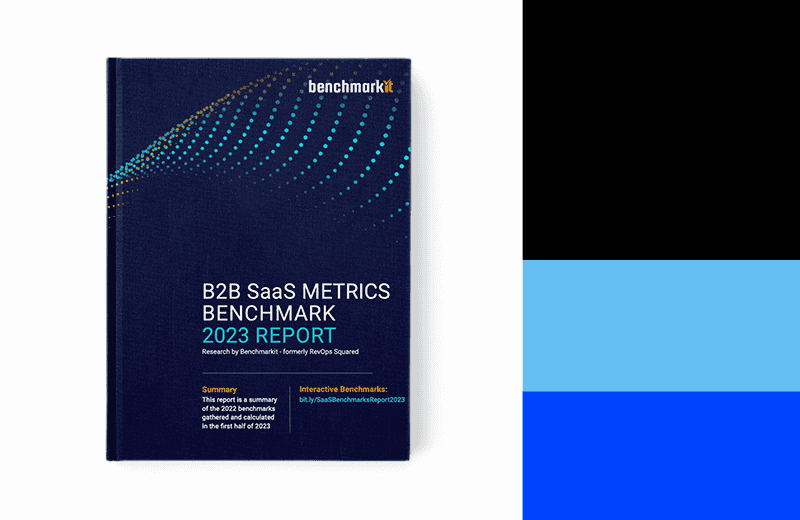Reel.com founder and serial entrepreneur, Stuart Skorman, and longtime business owner John Muller, who had a Hoboken street named after him for his longevity, have at least one thing in common: they are bound by the necessity of billing clients and customers and waiting for payment. Whether you’re on your fifth successful startup, or just beginning your journey, the process of invoicing and collecting payments can often prove as difficult as getting the work accomplished. Balancing the client relationship and the need for payment begins with understanding the nature and organization of accounts receivable.
Entrepreneur.com defines accounts receivable as, “the money due from all customers for merchandise or services delivered on credit.” Management of this amount, shown as an asset on your company’s balance sheet, can make or break your company. Methods for managing accounts receivable differ as widely as business types; however, processes should achieve three objectives:
- Create a daily record of sales and receipts
- Generate invoices and statements on a recurring basis
- Track current and overdue balances on customer accounts
Setting up your accounts receivable process should encompass these significant issues:
Credit policies
Establish a credit policy and stick to it. Define the conditions under which you will extend credit, how much credit you’ll give, and to whom. Choose your preferred methods of payment, how you will determine credit worthiness for new customers, requirements for deposits, and interest charges on late accounts.
Billing policies
Generally, the frequency with which you bill dictates the frequency with which you’ll receive payment. Choose your invoicing intervals, clearly communicate billing terms to customers, and consider offering discounts for early paying customers.
Monthly statements
Statements serve more than one purpose: sent early, they are a proactive step. They remind customers, and they serve as documentation in instances when an account falls into collections.
Aging accounts
Regularly review your customers’ accounts, categorizing them as either current, or past due 30, 60, or 90 days or more. Have policies in place to handle servicing of aging accounts. For example, accounts with invoices 60 days past due may not generate new invoices or receive their next shipment.
The Small Business Administration advises taking action as soon as invoices become past due based on your company’s definitions. This requires a defined policy and process alongside an awareness of “practical and legal steps you can take to collect what you’re owed.”
Most importantly, identify a solution for managing your accounts receivable that allows you to automate invoicing, tracking and reporting so approaching issues are quickly identified and resolved. Software and software services such as Maxio streamline the management of billing accounts receivable, so more of your time is available for leading and managing the business you do best.




